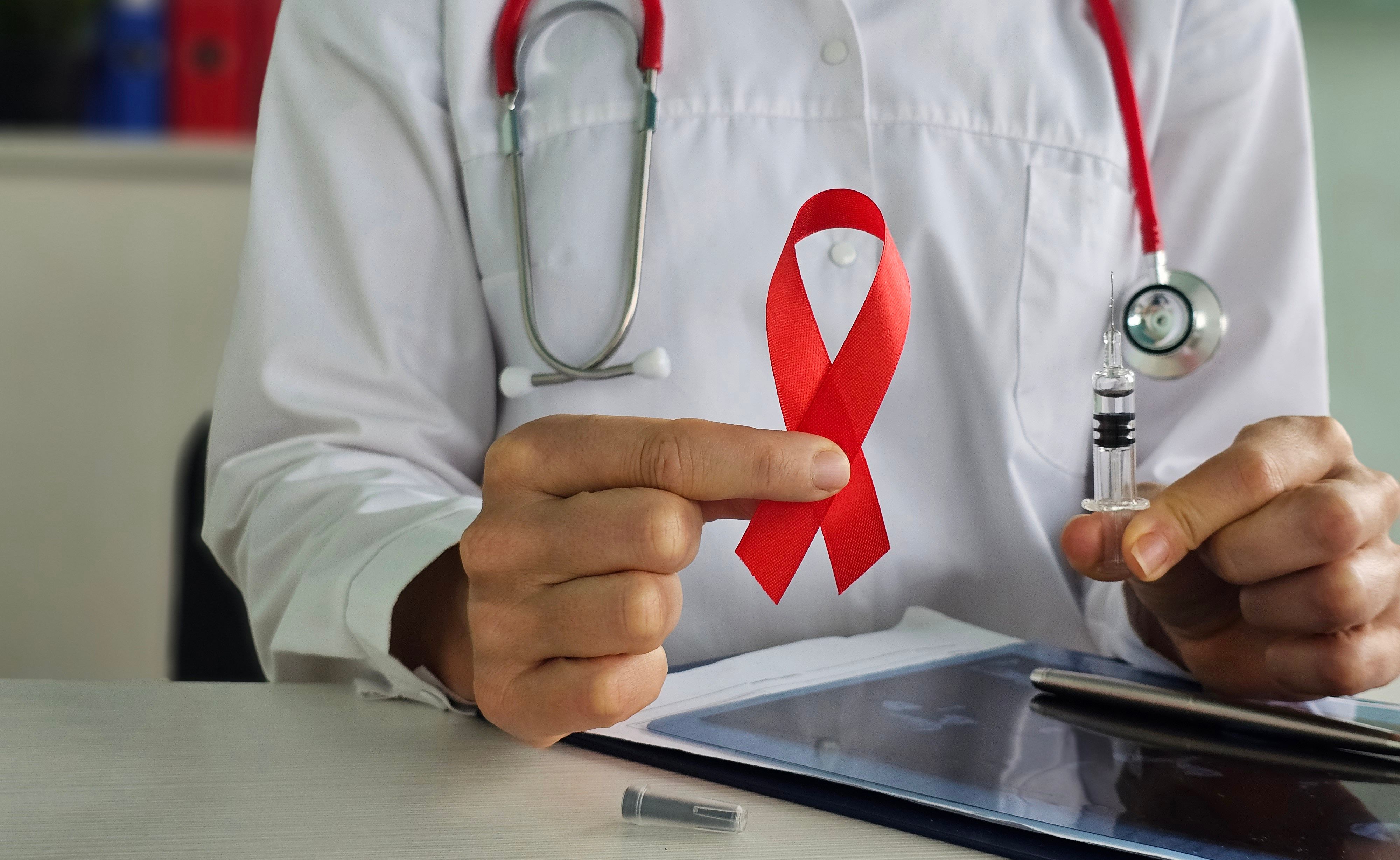Article
Panel Addresses Therapeutic, Risk Stratification Considerations for Advanced Nonmelanoma Skin Cancers
Author(s):
A Monday session at the 2022 American Academy of Dermatology Annual Meeting discussed strategies for risk stratification and therapeutic management of nonmelanoma skin cancers.
Management strategies to overcome the lack of consensus regarding risk factors and tumor classification of advanced nonmelanoma skin cancers was addressed during a Monday panel session at the 2022 American Academy of Dermatology (AAD) Annual Meeting.
Vishal A. Patel, MD, director of dermatologic surgery and cutaneous oncology and assistant professor of oncology and dermatology, George Washington University School of Medicine and Health Sciences, opened the discussion by highlighting that the traditional binary dichotomy of high- and low-risk stratification has very broad implications that can lead to issues in explaining how much attention should be placed on tumors and how aggressive to be about their management.
He noted that the National Comprehensive Cancer Network (NCCN) tried to address these concerns by creating a third category of very high risk in 2021, which included tumors such as nodal metastases and incidence of isolated risk factors that may predispose patients to potential adverse events (AEs) beyond the surgical treatment of disease.
“Ultimately, the lack of consensus really makes it difficult for the average clinician to figure out what to do, when and which patients to refer, and what not to over-refer. Without definitions of what low, high risk, and very high risk really means, it's hard to communicate that especially with colleagues outside of our specialty,” said Patel.
“Most importantly, these guidelines are not correlated with outcomes data to explain a specific management approach. If you've read the NCCN guidelines, you'll see there are a lot of potential options for how to think about your patients. It's meant to be a choose your own adventure for a reason because we don't have a clear single path for patients with varied presentations of disease.”
Focusing on cutaneous squamous cell carcinoma (CSCC) and basal cell carcinoma (BCC), the scales of risk assessment are the Brigham and Women’s Hospital (BWH) and American Joint Commission on Cancer (AJCC) staging systems.
The AJCC is regarded as the common language of oncology across tumors, said Patel, which may lead to further conundrums regarding risk stratification of CSCC and BCC, as studies have determined that the BWH system shows higher sensitivity and prognostic value.
“This creates a problem not only within our specialty—we're familiar with the BWH staging system—but more so that when we have high risk and advanced tumors, those specialists outside of our field almost exclusively use the AJCC staging system. Outside of dermatology, BWH is still fairly an unknown staging system—we need to be familiar with the intersection of those 2 systems.”
Emerging innovations to stratify for risk in the management of CSCC and BCC include gene expression profiling (GEP) and complete circumferential peripheral and deep margin assessment (CCPDMA). For those using GEP, a multidisciplinary report was recommended for evaluation to determine the patients among who to perform it and who may require surgery.
Patel also provided the risk definitions and classifications he utilizes in practice:
- Low risk: majority of tumors, suitable for a variety of treatment plans
- Moderate (or increased/higher) risk: increased risk for incomplete treatment or recurrence that necessitates CCPDMA or Mohs surgery
- High risk: high risk of nodal/distant metastasis and disease-specific death that needs treatment beyond just surgery
- Locally advanced: tumors with potential regional nodal disease that may require surgery and systemic therapy up front, as well as multidisciplinary care
For patients with advanced skin cancers who are not surgical candidates or choose not to pursue this standard-of-care (SOC) option, Todd Schlesinger, MD, FAAD, founder and director, Dermatology & Laser Center of Charleston, spoke on alternative management strategies and the potential of emerging therapeutics.
Although novel therapies have come to market for SCC and BCC, such as inhibitors that block the hedgehog (vismodegib and sonidegib) and programmed death-1 (cemiplimab and pembrolizumab) pathways, Schlesinger mentioned there is no consensus on what the SOC is for nonsurgical patients.
“When tumors appear at an advanced size, that’s when morbidity and mortality starts to happen,” he said. “You have to look at underlying risk factors for your patient when you're thinking about some of these advanced treatment options.”
There are limited data regarding efficacy and safety of hedgehog inhibitors and immunotherapies in several populations, Schlesinger noted:persons living with HIV, those who have undergone an organ transplant, and persons with autoimmune diseases,. He also cautioned providers to check if patients are using any other therapies that block the CYP3A4 pathways before recommending use of sonidegib.
For those who are planning to use hedgehog inhibitors and immunotherapies as first-line interventions, stategies to address potential treatment-related AEs were intermittent dosing patterns, L-carnitine for muscle spasms, amlodipine, and even hot sauce for those with taste disturbances. Use of prednisone was suggested for management of AEs related to rash and gastrointestinal issues.
“The best outcomes may not show in the beginning and time to initial response may be a few months or could be years,” said Schlesinger. “There remains still no standardized management approach here for these advanced tumors, especially when to stop therapy—definitely involve your colleagues in the management.”





